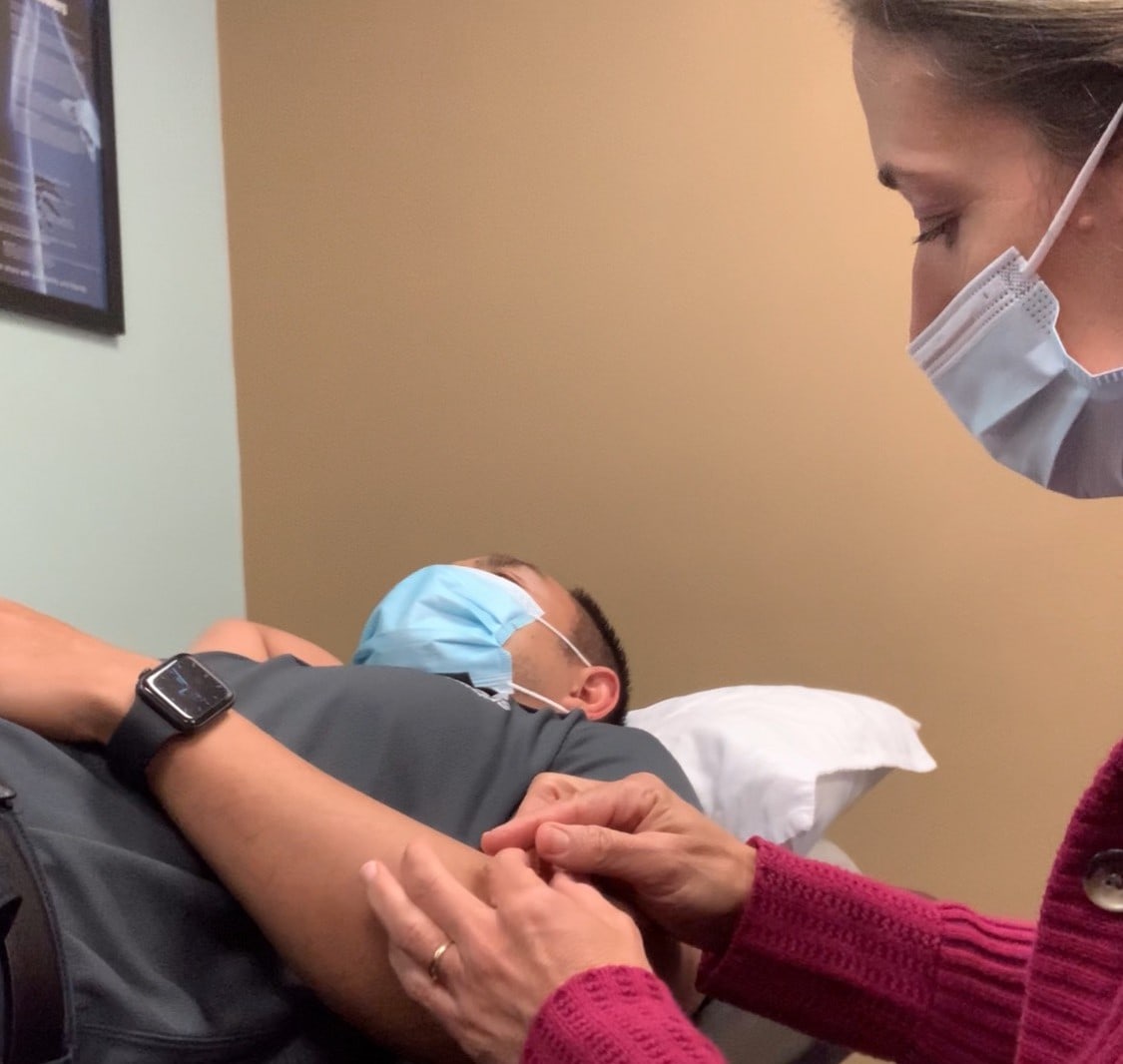
Dry Needling
What Is Dry Needling?
Dry needling is a technique that involves inserting a fine, unmedicated needle directly into irritated muscle tissue to stimulate healing. By creating a small, localized inflammatory response, this method increases blood flow to promote recovery. It is particularly effective for treating trigger points and stubborn tendonitis, which occur when muscles remain in a chronic state of tension, leading to pain, reduced strength, and restricted movement.
How Does It Help?
Research supports dry needling as an effective way to deactivate tight muscle bands, helping them relax and function properly. Many patients experience:
•Increased flexibility and mobility in the treated muscle
•Improved muscle strength and function
•Reduction in referred pain
•Faster progress in rehabilitation and recovery
Who Can Benefit?
Dry needling is ideal for individuals with muscle tightness, commonly referred to as “knots,” which feel like small, tender lumps within the muscle. It is a great option for those experiencing chronic muscle tension, pain, or restricted movement.
However, this treatment may not be suitable for individuals with:
•Bleeding disorders
•Extreme fear of needles
•Blood clotting conditions
•Trigger points near vital nerves or blood vessels
Your provider will assess your condition to determine if dry needling is the right choice for you.
When Will You See Results?
Many patients experience immediate relief after treatment. However, because muscle tension can stem from overuse, stress, or trauma, additional therapies like strength training, stretching, and stress management may be needed for long-term relief. Your provider will develop a personalized treatment plan to ensure the best results.
Curious if dry needling is right for you? Schedule an evaluation in Clermont today!

